'3D storytelling': Deaf Crows slam brings poetry to life
Learning to create poetry with body movements, instead of words
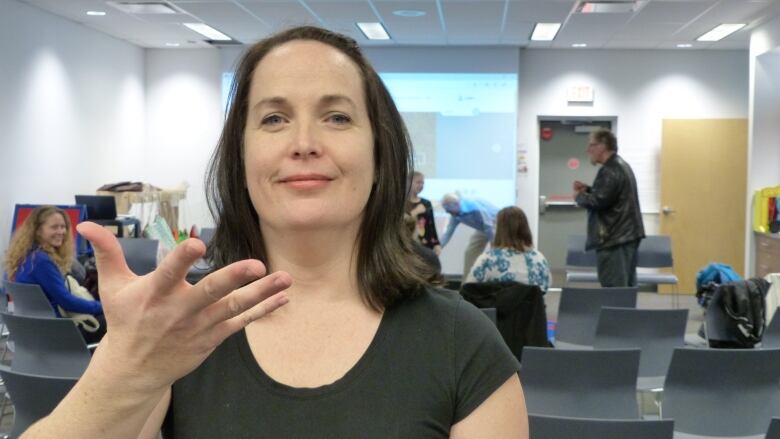
Mustafa Alabssi loves to perform, it's his favourite thing to do.
The high school student recently moved to Canada from Syria. Now he's learning how to craft poetry in his third language American Sign Language.

"I really just like performing stories and I love having all the attention on me and welcoming people and going to parties and just showing people, I am a deaf bird and I have a story to tell you,"Alabssisaid.
In aboutsix months, the teen has become nearly fluent in American Sign Language (ASL).

Alabssi credits his success to high school teacher Joanne Weber and the Deaf Crows a youth collective. The Regina group focuses onperformance art, createdby students from Thom Collegiate's Hard of Hearing and Deaf Program.
Deaf poetry or 3D storytelling
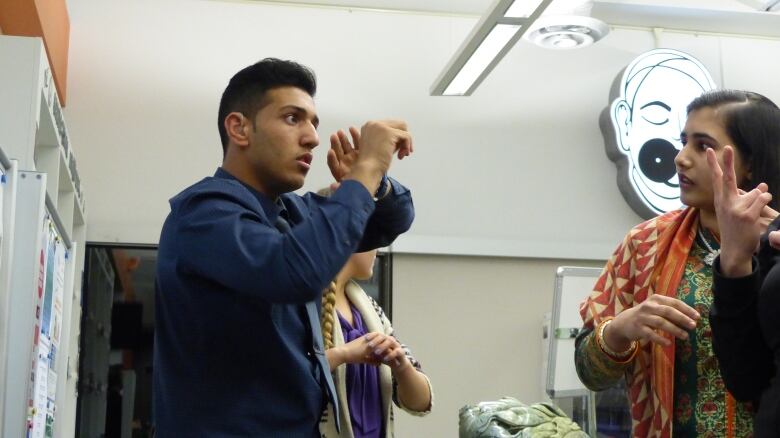
On a dreary, Wednesday night Alabssi is one of about 40 people who've packed into a Regina library. The energetic group (composed of Deaf Crows, hearing, hard of hearingand deaf people)have gathered to learn how to create 3D stories also known asASL poetry.
Alabssihas come with several members of his family, who sit in the crowd.
"My family is just so important with the story I want to tell," he said."Because I am from Syria and I came from a war-torn country so being here, it's like a celebration. I am so proud to be Canadian. I just have such a great story that I want to learn how to express and share."

Like hearing wordsmiths, deaf poets make art with their language.
A signed performance uses repetition, rhyme, alliteration and rhythm to create patterns and to emphasize meaning.
However, deaf poets use their bodies to do this, instead of spoken words.
Arepeated sign can signify the rhyme of a poem. Different shapes and movements often translate into alliteration, as the hearing world knows it.
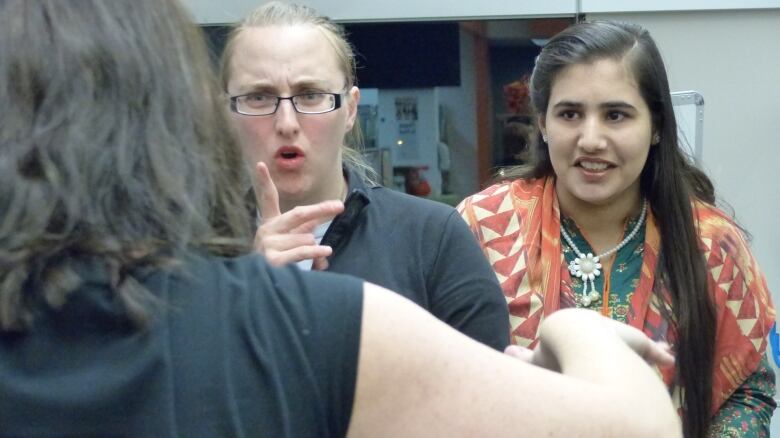
ASL instructor Patricia Spicer likens theart form to "3D storytelling" and says itis becoming popular again.
"Well, I think that before there were a lot of people, deaf children, particularly, were kind of isolated and they didn't have a lot of socializing and they were on their own and they didn't really have a great place to identify themselves with other people," said Spicer.
Spicer said in the 1970s, people like Clayton Valli popularized deaf poetry.
Now, it's coming back.
"So, people have started to get involved with that and they realize that there's no more isolation," she said."And, then they come to things like this and they just feel so welcome and they feel that they can express themselves with people who have the same interests."
Growing interest
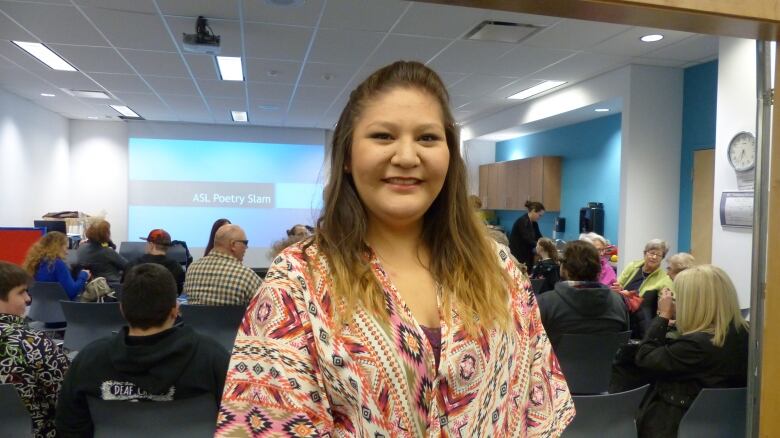
For Shayla Tanner, the event is opening up a whole new world.
The Grade 12 student writes poetry, but has never had the opportunity to perform her work.
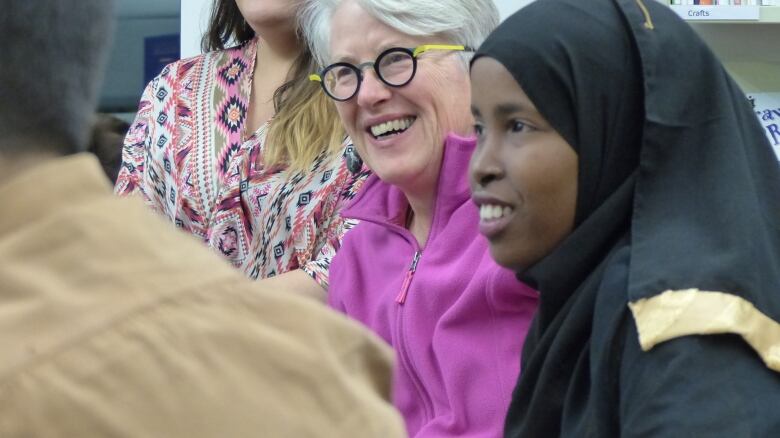
"I am really, really interested in learning it," she said. "I've never really experienced it before and it's really interesting."
Organizers say recent events like this, aimed at the deaf community, have drawn large crowds in the city.
This night, people from different worlds hearing and deaf, locals and newcomers have come together to create.
The result is a colourful performance that draws laughter and cheers from the crowd.
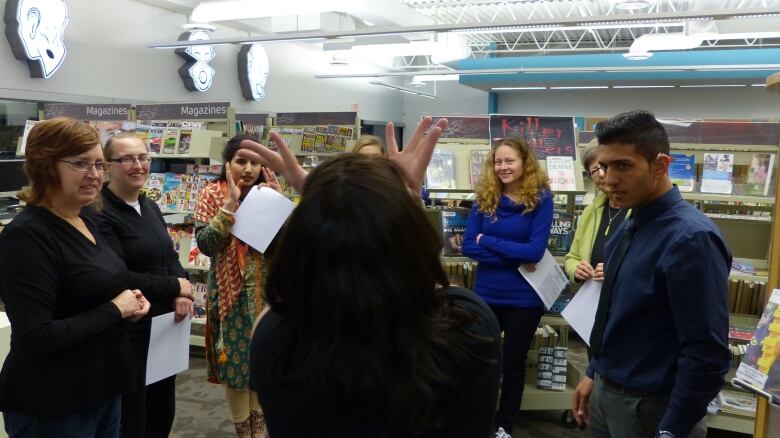
So, what makes a good ASL poem?
According to ASL poets here, it's the same thing that makes a good poem in any language.
Imagination.












_(720p).jpg)


 OFFICIAL HD MUSIC VIDEO.jpg)
.jpg)



























































































